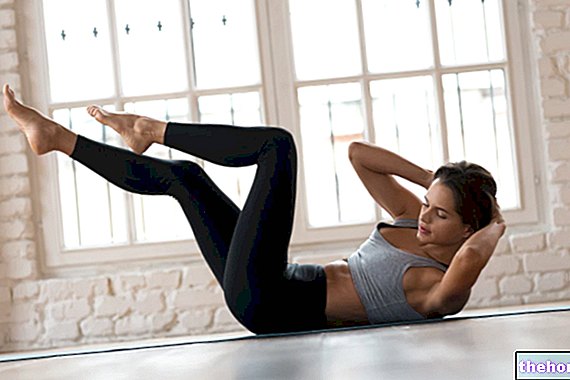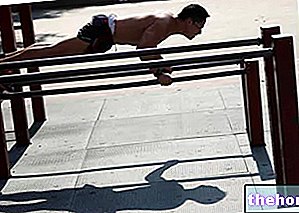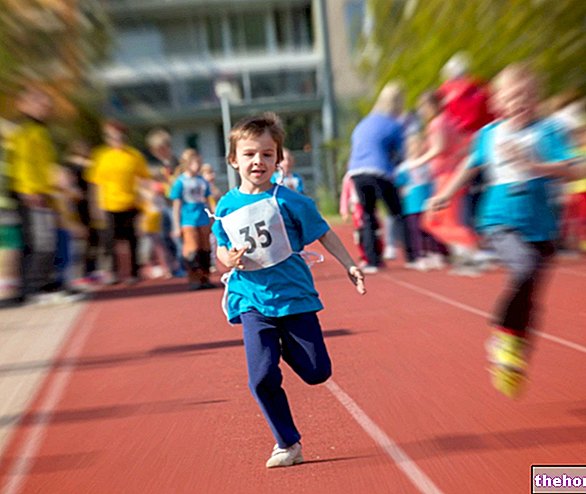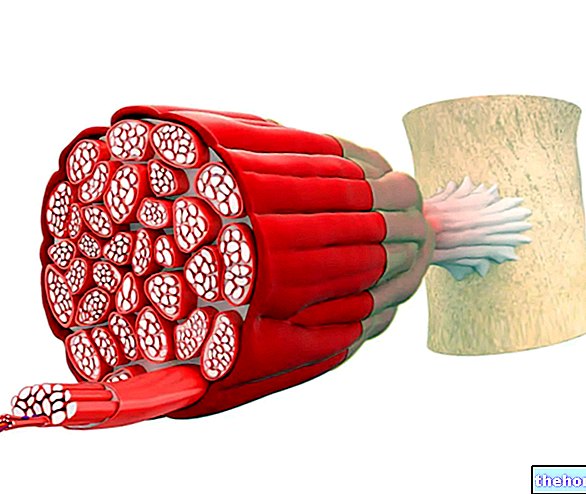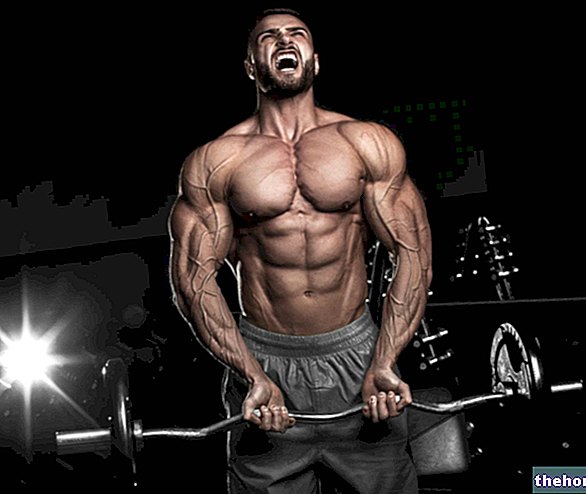See also: difference between training theory and science
Principles that must always be taken into consideration when planning training
PHYSIOLOGICAL ADAPTANTS CAUSED BY "TRAINING
The physiological adaptations of our organism in response to training stimuli can be divided into:
ANATOMICAL changes: for example the heart changes its shape (increased cavity, thickness and contractile efficiency leading to greater volume of systolic ejection), the capillary circulation becomes richer, the muscles grow and adapt, the fat mass is reduced…;
ULTRASTRUCTURAL changes: visible under the microscope. Increase in the number of mitochondria (aerobic sport), BIOCHEMICAL changes: increase in enzymes of the krebs cycle (aerobic), increase in glycolytic enzymes (anaerobic sport lactacid); increase of the enzyme creatine kinase (anaerobic alactacid). EXCLUSIVELY FUNCTIONAL changes: For example, even before the anatomy of the muscle changes, the strength also increases. NOTE: We do not all respond in the same way to the training stimulus (TAKING INTO ACCOUNT THE INTERNAL LOAD)
FEATURES THAT DISTINGUISH THE TRAINING OF YOUNG PEOPLE COMPARED TO THAT OF ADVANCED ATHLETES
The training of young people must be aimed at building and harmonious development of the widest range of abilities. This is achieved by working on volume (extensive loads) and paying close attention to the development of coordination skills. In youth training there are periods in where work is interrupted (holidays). The preponderance of work (90%) is on the general and fundamental. The specific and special exercises will be developed only for 10% during the various competitions: the competition is stimulating and the attachment to sport, in the young, is given by the competitions (from the fun) which will also shape the character of the child. it has a notable increase in the work correlated with the discipline. In the trained athlete, the "hyperspecialization" of the competition favors intensity (intensive loads). The more the athlete has evolved, the more the fundamental will replace the general (in any case essential in regeneration). physiological principles of growth of the child and the gradualness of loads.
AGE AND STRENGTH DEVELOPMENT
First of all, it should be emphasized the importance of carefully evaluating the biological age (ie the actual degree of psycho-physical development) rather than the chronological age. Strength training, ie its development, must take place after pubertal age (after 15 years) by applying it to a body structure that is already able to withstand loads and overloads. Before this age, the anatomical structures that are not yet fully developed would be overloaded too much. It is therefore necessary to avoid static and one-sided loads, avoid carrying weights over the neck or shoulders. Strength work stimulates the protein synthesis already naturally stimulated by the growth process. Before this age, in fact, one must not develop strength, but give the stimulus for the formation of strength (for example, develop the tone of the lumbar and abdominal muscles ).
STAGES CHARACTERIZING A GREAT TRAINING CYCLE
A training cycle is characterized by the alternation of various stages in which the exercises take on character:
GENERAL: these are training exercises and balanced construction of the different physical abilities not directly linked to the specificity that is being prepared.
FUNDAMENTAL: they have a correlation with the sports model, even if they are not directly linked to it (they express the contents of the sporting activity). They are related to the quality and direction that one wants to develop. They are exercises that constitute the muscles useful for the activity.
SPECIAL: They are correlated in form and intensity with regard to the specificity of the performance. Use of devices to develop a quality that I use in competition. They propose models. They adapt the strength developed with the fundamentals in the specific strength of the movement.
SPECIFIC or RACE: they are nothing more than the repetition of the race or part of the race that reproduce the movement patterns of the race itself.
THE WORKOUT LOAD
The training load is the measure of the work that the athlete must carry out to induce the necessary adaptations to increase performance. In order for this to be adapted, the load must follow precise principles. It also depends on various factors, such as: intensity, duration, density, volume and frequency of the stimulus, objectives, methods, contents and means of training. These elements characterize the EXTERNAL load (objective), but there is also the INTERNAL load (importance of the training diary), which varies from person to person and represents the type of effects that exercise has on the organism.
As we said, the training load is characterized by several parameters:
INTENSITY "of the stimulus; DENSITY" of the stimulus (it is the relationship between the actual stimulus and the recovery in the same training session); FREQUENCY with which the stimulus is repeated in the different training sessions; DURATION of the stimulus; VOLUME of the stimulus (total amount of work); OBJECTIVES of the training; CONTENTS and MEANS of the training; METHODS of training.
The intensity and volume of the stimulus are antagonistic parameters, that is, if one favors one, the development of the other is penalized. The volume can be diluted or dense (extensive, intensive). Intensity and density underline an intensive characterization of the work, while volume and duration emphasize an extensive characterization of the work There is a rational criterion for proceeding to an effective training that favors the increase of these parameters over time according to the sporting activity practiced.
CONTINUES


